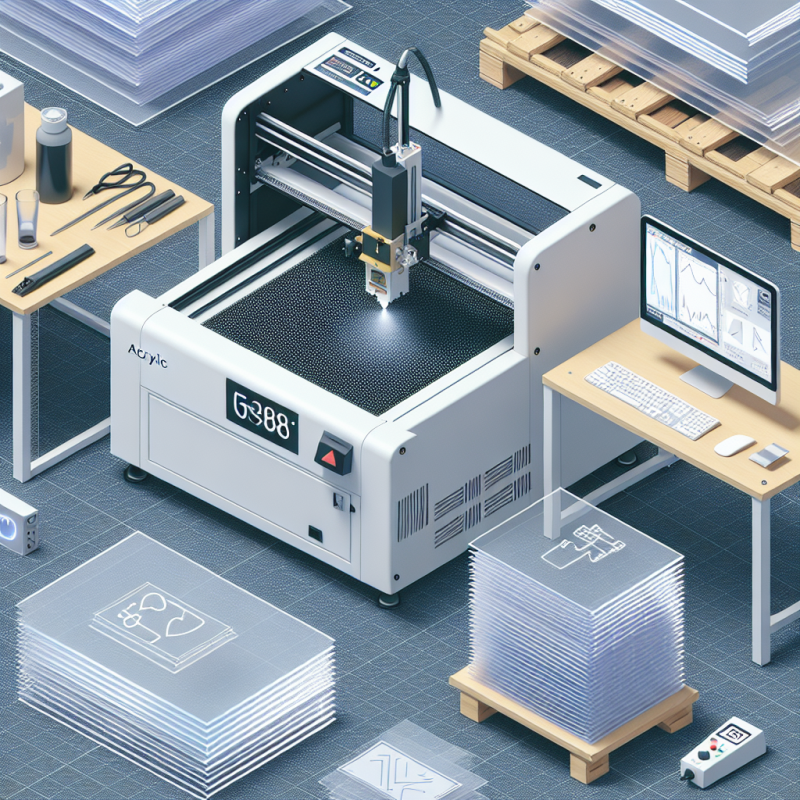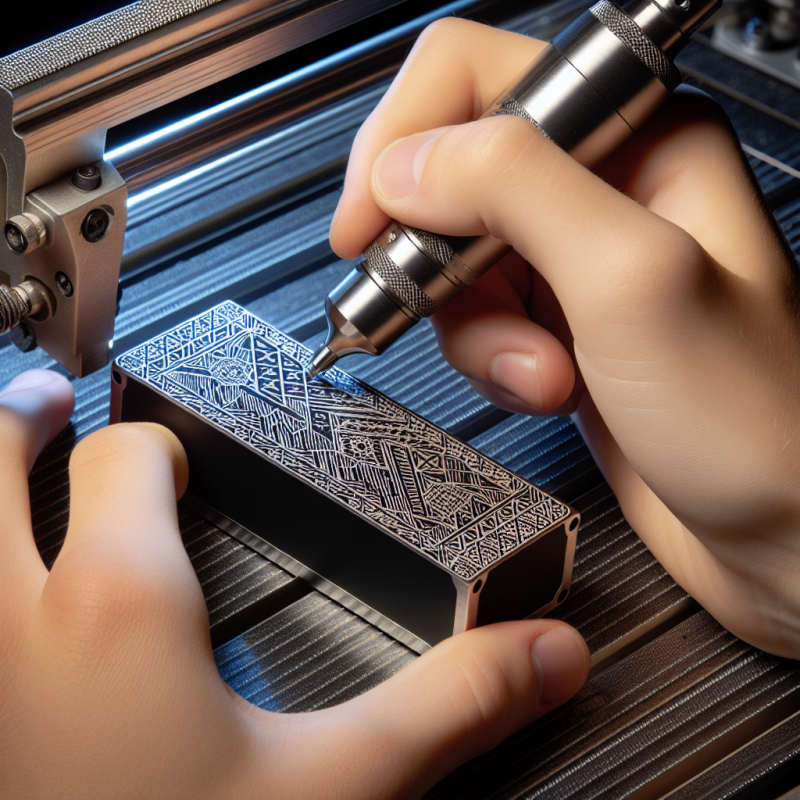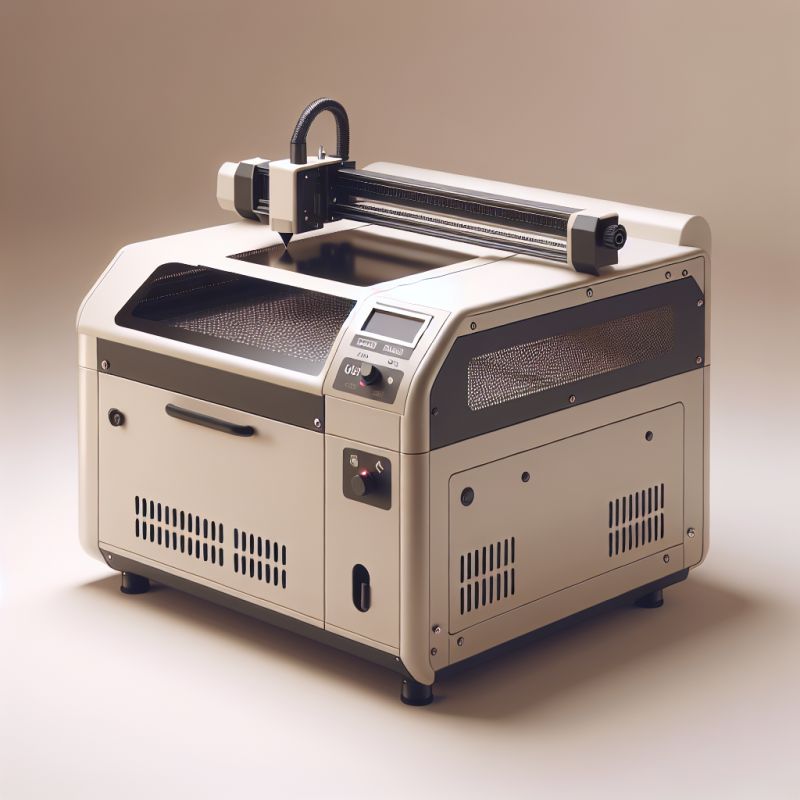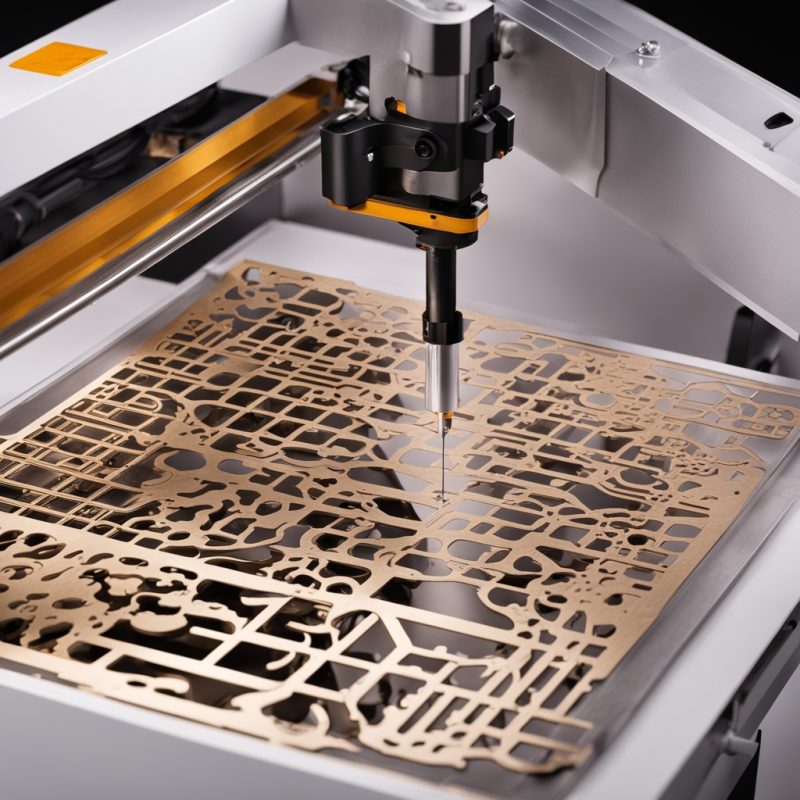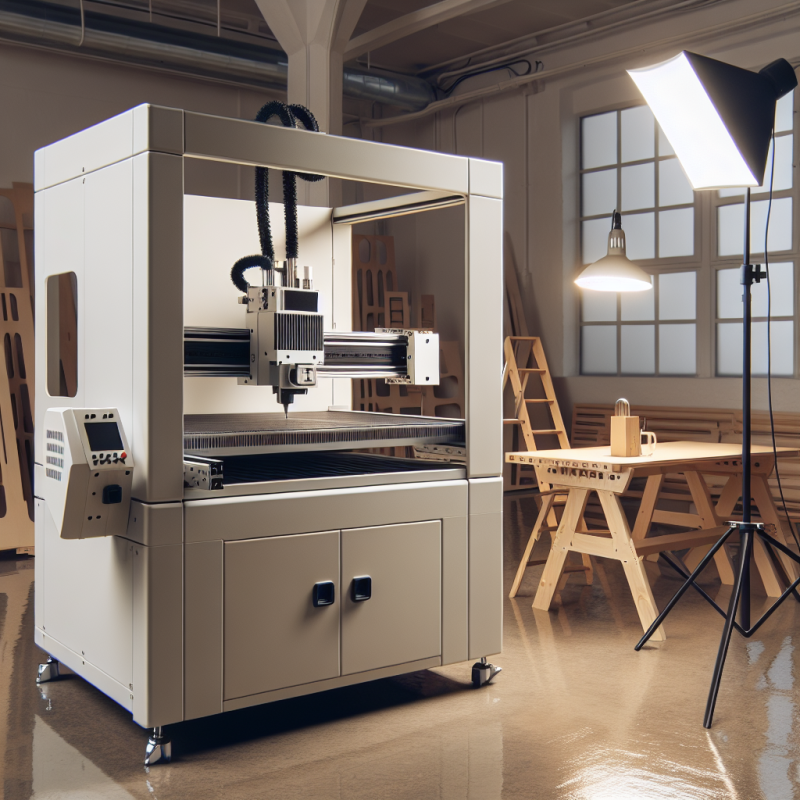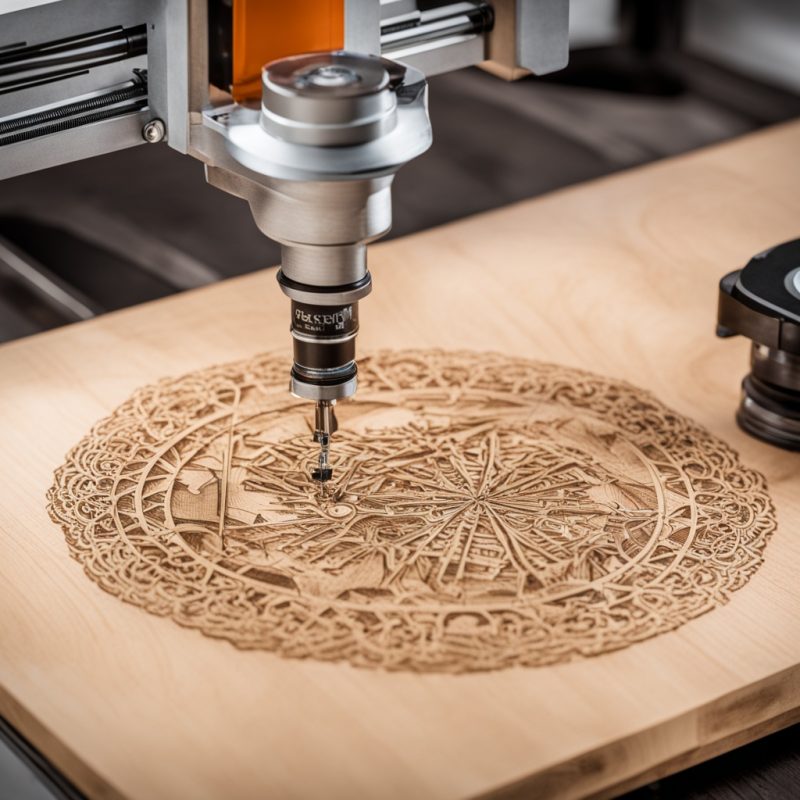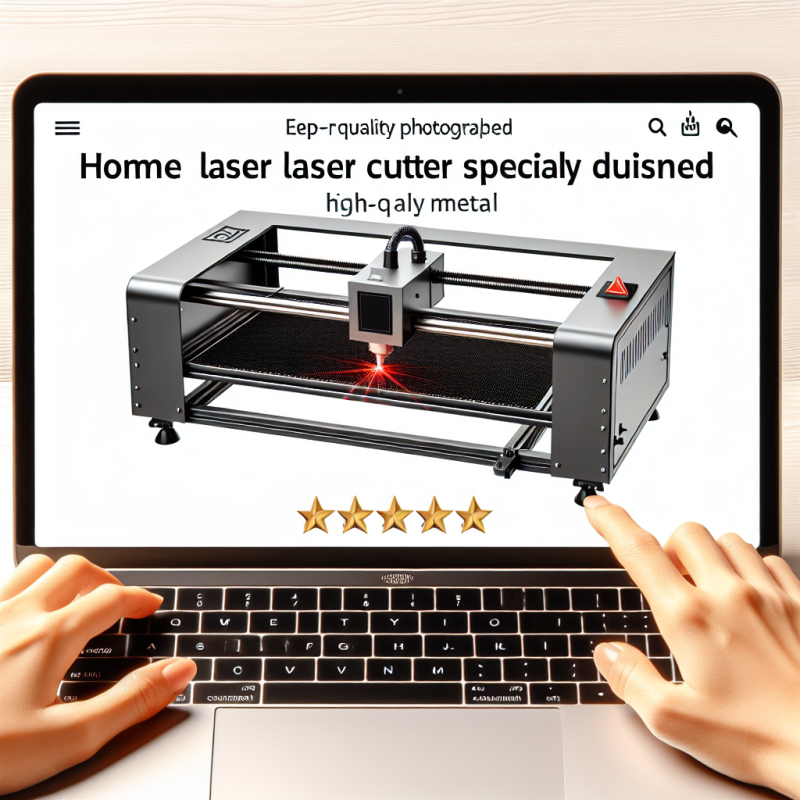The Ultimate Guide to Using a Small Metal Laser Cutter for Home Projects
If you’re looking for a versatile and precise tool to bring your creative ideas to life, look no further than the . This compact yet powerful device is revolutionizing home workshops and small-scale manufacturing by enabling users to cut, engrave, and shape metals with unparalleled accuracy. Whether you’re a hobbyist, a DIY enthusiast, or a professional craftsman, this guide will walk you through everything you need to know about using a small metal laser cutter for your projects.
What Is a Small Metal Laser Cutter?
A small metal laser cutter is a compact machine designed to cut and engrave various materials, including steel, stainless steel, aluminum, and other metals. It uses a high-powered laser beam to melt, burn, or vaporize the material, creating intricate designs or clean cuts with precision. Despite its size, this tool is capable of producing professional-grade results, making it an excellent choice for home use.
The small metal laser cutter is ideal for individuals who want to work on smaller projects without the need for bulky industrial equipment. Its portability and ease of use make it a favorite among hobbyists, jewellers, and artisans.
Why Use a Small Metal Laser Cutter?
The primary advantage of using a small metal laser cutter is its precision. Unlike traditional cutting tools, which can leave rough edges or require multiple passes to achieve clean lines, a laser cutter ensures smooth and accurate cuts every time. This level of precision is particularly important for detailed work, such as creating custom jewelry, decorative items, or mechanical parts.
Another benefit is its versatility. A small metal laser cutter can handle a wide range of materials, from thin sheets to thicker gauge metals. It’s also capable of engraving intricate designs, making it a multi-functional tool for both cutting and decorating.
Additionally, laser cutters are much faster than manual tools. They reduce the time required to complete projects while maintaining high-quality results. This makes them an excellent investment for anyone looking to streamline their workflow and produce more in less time.
Key Features of a Small Metal Laser Cutter
Beyond its ability to cut and engrave, there are several features that make the small metal laser cutter stand out:
- Precise Laser Beam: The machine uses a focused laser beam to deliver pinpoint accuracy, ensuring clean cuts and smooth edges.
- User-Friendly Interface: Most models come with an intuitive interface that allows users to control the machine with ease. Many also support computer-aided design (CAD) software for importing designs.
- Versatile Material Compatibility: As mentioned earlier, it can work with a variety of metals and even some non-metallic materials like wood or plastic.
- Compact Design: Despite its power, the machine is designed to fit comfortably in most home workshops, saving space while maintaining functionality.
- Eco-Friendly: Laser cutting produces minimal waste compared to traditional methods, making it a more sustainable option for crafting and manufacturing.
Top Uses for a Small Metal Laser Cutter
The applications of a small metal laser cutter are virtually endless. Here are some popular uses:
- Jewelry Making: Create custom pendants, rings, and other intricate pieces with precision and detail.
- Metal Art: Design and cut metal wall art, sculptures, or decorative items for home or commercial use.
- Prototyping: Quickly produce prototypes for mechanical parts, gadgets, or small-scale machinery components.
- Signage: Engrave custom signs, plaques, or name tags with professional-quality text and graphics.
- Crafts: Use the machine to cut metal sheets into shapes forDIY projects, such as garden ornaments or home decor.
Advantages Over Traditional Cutting Methods
Compared to traditional cutting methods like sawing, drilling, or shearing, a small metal laser cutter offers several advantages:
- Better Precision: Laser cutting provides greater accuracy, resulting in cleaner and more professional-looking finishes.
- Faster Production: Projects that would take hours with manual tools can be completed in minutes with a laser cutter.
- Reduced Waste: The focused beam minimizes material waste, making it an economical choice for small-scale projects.
- Easier Design Changes: With CAD software integration, it’s simple to modify designs and test new ideas without additional setup time.
Tips for Safe and Effective Use
While a small metal laser cutter is user-friendly, it’s important to follow safety guidelines to ensure optimal performance and avoid accidents. Here are some tips:
- Always Wear Protective Gear: Use goggles or a face shield to protect your eyes from the laser beam. Additionally, wear gloves and a lab coat to safeguard against heat and debris.
- Proper Ventilation: Laser cutting generates fumes and particulate matter. Ensure your workspace is well-ventilated or use a fume extraction system.
- Follow Material Guidelines: Check the machine’s specifications to ensure it can handle the thickness and type of metal you’re working with.
- Maintain the Machine: Regularly clean the lens, adjust the focus, and replace any worn-out parts to keep your laser cutter running smoothly.
- Start Slow: If you’re new to laser cutting, begin with simple projects and gradually work your way up to more complex designs.
Maintenance and Upkeep
To keep your small metal laser cutter in top condition, routine maintenance is essential. Here are some key steps:
- Clean the Lens: The lens can accumulate dust and debris over time, which can affect cutting performance. Use a lint-free cloth and mild cleaning solution to keep it clean.
- Adjust Focus: Periodically check and adjust the focus of the laser beam to ensure accurate cuts. Misaligned lenses can lead to blurry edges or poor-quality engravings.
- Replace Worn Parts: Over time, parts like the nozzles, mirrors, and belts may wear out. Replace them as needed to maintain optimal performance.
- Keep It Cool: Laser cutting generates heat, so ensure your machine has adequate cooling systems in place. Avoid running it for extended periods without breaks if you notice overheating.
Finding the Right Machine for Your Needs
With a variety of models available on the market, selecting the right can be overwhelming. Consider the following factors when making your choice:
- Power Output: Higher power lasers are better for cutting thicker materials, while lower power machines are sufficient for thinner sheets or engravings.
- Size and Portability: Decide whether you need a compact, portable machine or a larger, more powerful unit for heavy-duty work.
- Budget: Set a budget and look for models that offer the best value in terms of features, quality, and price.
- Additional Features: Some machines come with built-in software, touchscreens, or compatibility with CAD programs. Determine which features are most important to you.
Conclusion
A is a versatile and powerful tool that can elevate your crafting, prototyping, or manufacturing projects to new heights. By understanding its capabilities, maintaining it properly, and using it safely, you can unlock its full potential and achieve stunning results in less time. Whether you’re a hobbyist or a professional, investing in a quality laser cutter is a decision you won’t regret.
For more information on selecting the best laser engraver and cutter for your needs, check out our guide.
A small metal laser cutter is a versatile tool that can transform your crafting, prototyping, or manufacturing projects. Here’s an overview of its key features, uses, and considerations for safe and effective use:
### **Key Features**
– **Precision Cutting:** Achieve clean, accurate cuts with minimal waste.
– **Versatility:** Suitable for various materials like wood, metal, leather, and acrylic.
– **Speed:** Completes tasks faster than traditional methods, boosting productivity.
### **Popular Uses**
1. **Jewelry Making:** Create intricate designs for pendants, rings, and earrings.
2. **Metal Art:** Design decorative pieces, sculptures, or wall art with precision.
3. **Prototyping:** Quickly produce prototypes for mechanical parts or gadgets.
4. **Signage:** Engrave custom signs, plaques, or name tags with high-quality text.
### **Advantages**
– **Enhanced Precision:** Reduces errors and waste compared to manual methods.
– **Eco-Friendly:** Minimizes material wastage, promoting sustainability.
– **Cost-Effective:** Suitable for small-scale projects, reducing overall costs.
### **Tips for Safe Use**
1. **Protective Gear:** Wear goggles, gloves, and a lab coat to safeguard against heat and debris.
2. **Ventilation:** Ensure good airflow or use an extraction system to manage fumes.
3. **Material Guidelines:** Verify the machine’s specifications for compatibility with your materials.
### **Maintenance Tips**
– **Clean the Lens:** Regularly remove dust using a lint-free cloth.
– **Adjust Focus:** Keep the laser beam aligned for accurate cuts.
– **Replace Parts:** Update worn components like nozzles and belts to maintain performance.
### **Choosing the Right Machine**
– **Power Output:** Higher power for thicker materials; lower power for thinner sheets.
– **Size/Portability:** Choose based on your workspace and project needs.
– **Budget:** Select a model that offers the best features within your price range.
### **Conclusion**
Investing in a small metal laser cutter can significantly enhance your projects, offering precision, speed, and versatility. By adhering to safety guidelines and maintaining your equipment properly, you can maximize its potential and achieve exceptional results.
For more information on selecting the best laser engraver and cutter, explore our [Top 10 Laser Engravers and Cutters](https://bestlaserengravingmachine.com/top-10-best-laser-engravers-and-cutters-for-wood-metal-leather/) guide.


